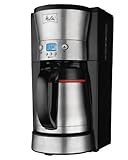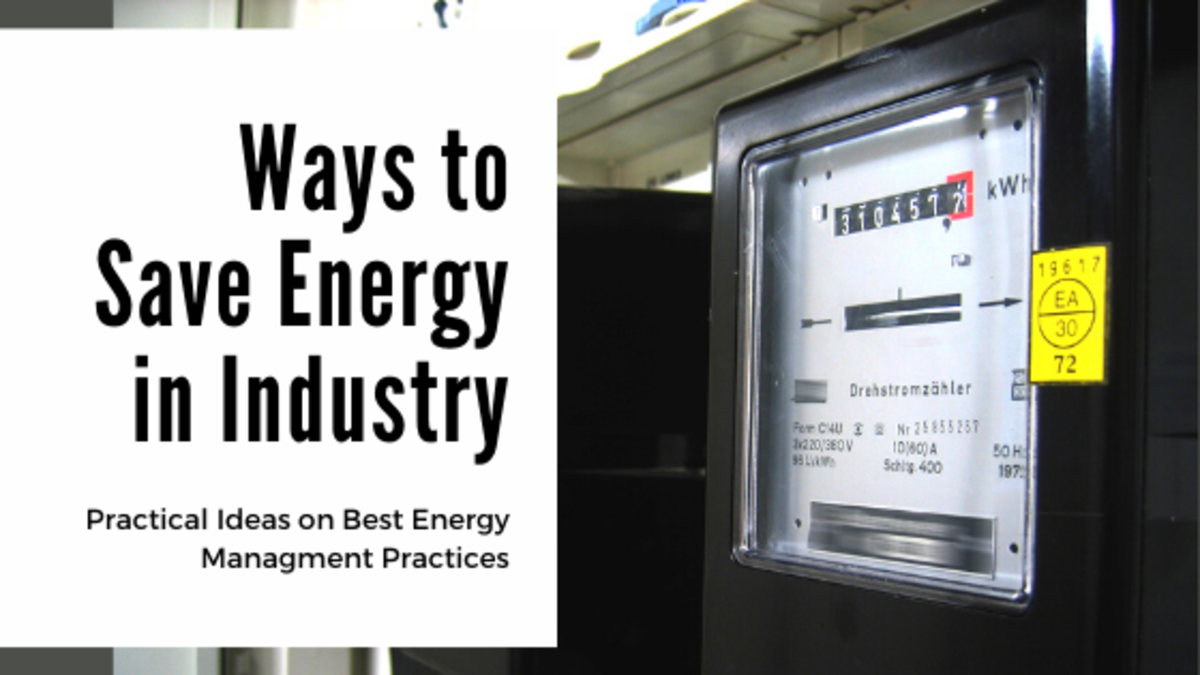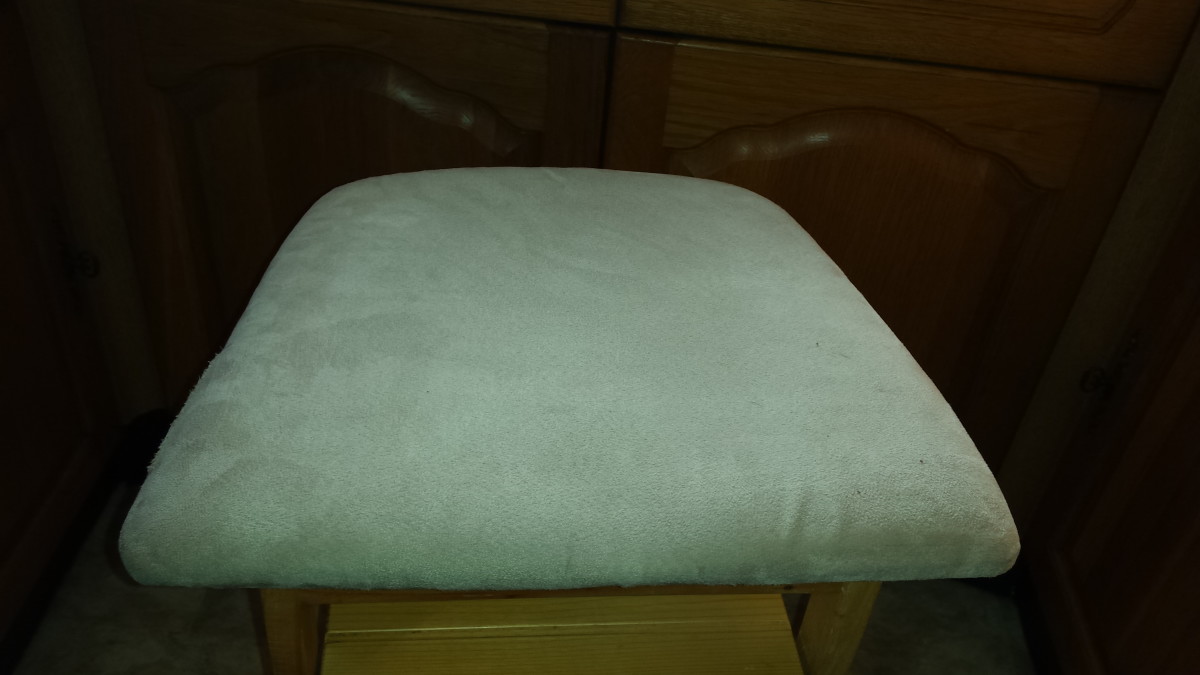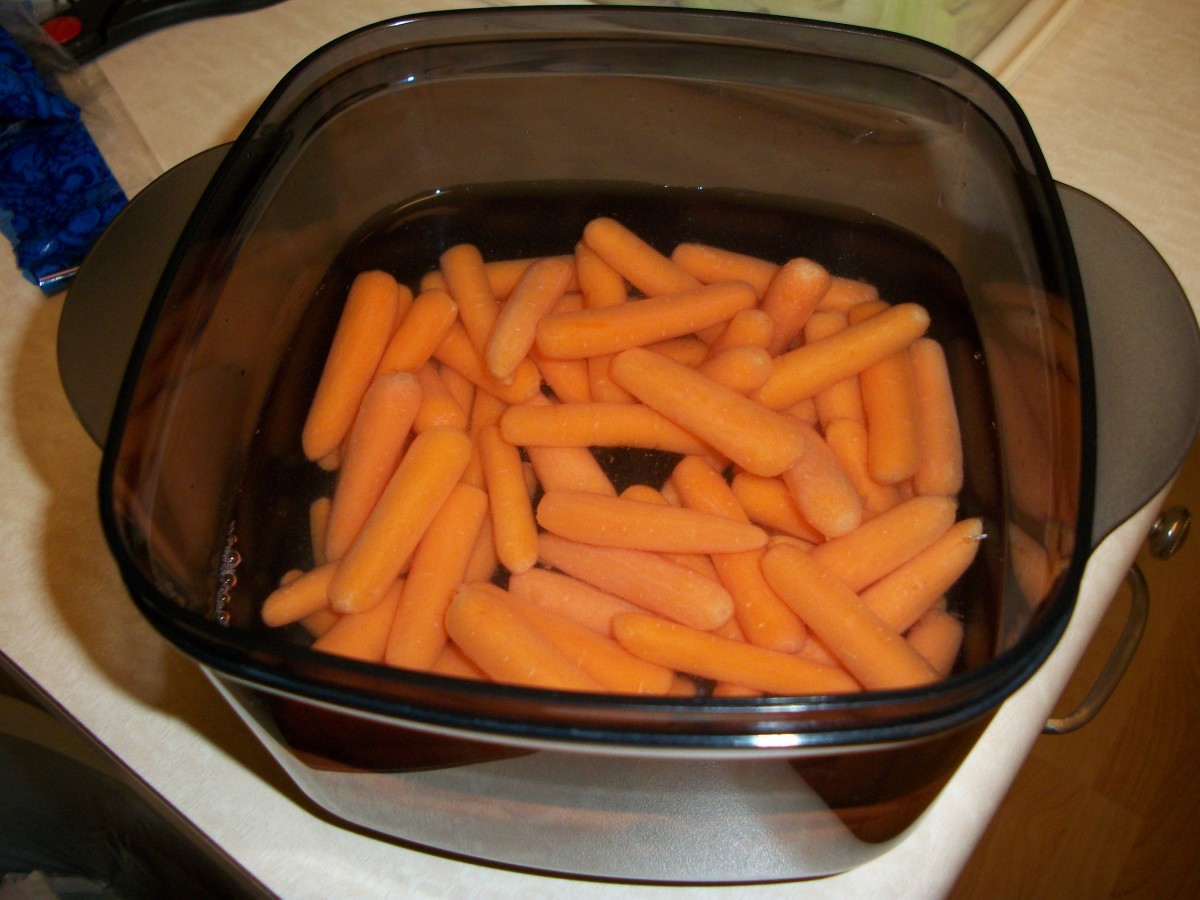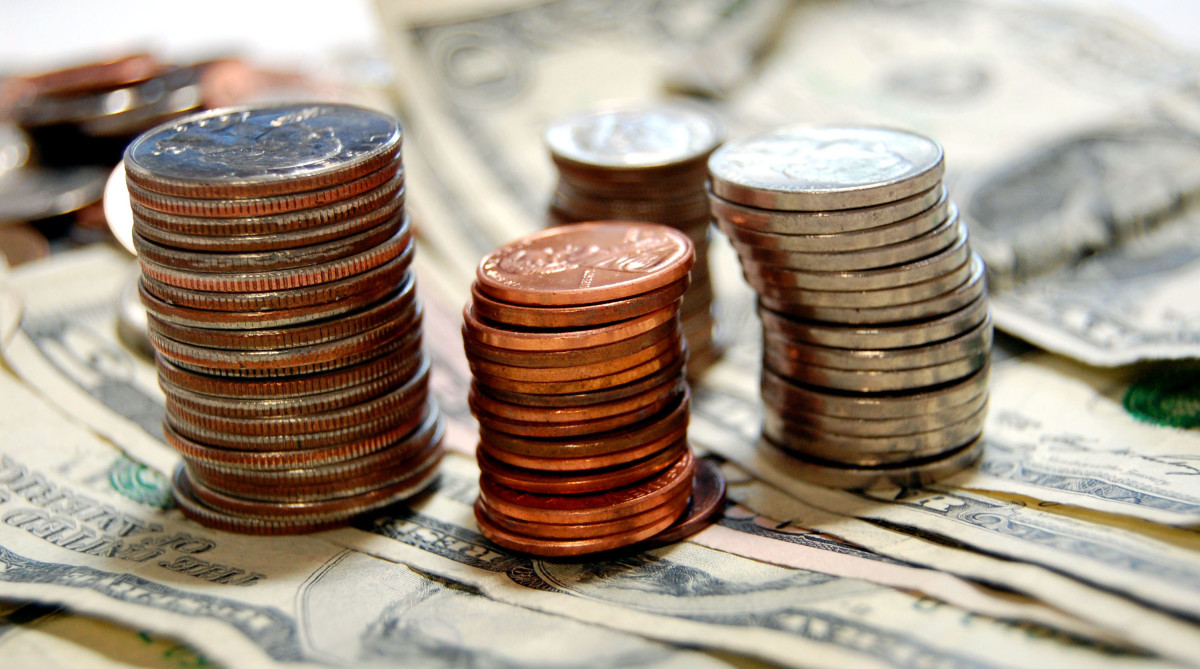Invest to Save Money: Spend a Little, Save a Lot!
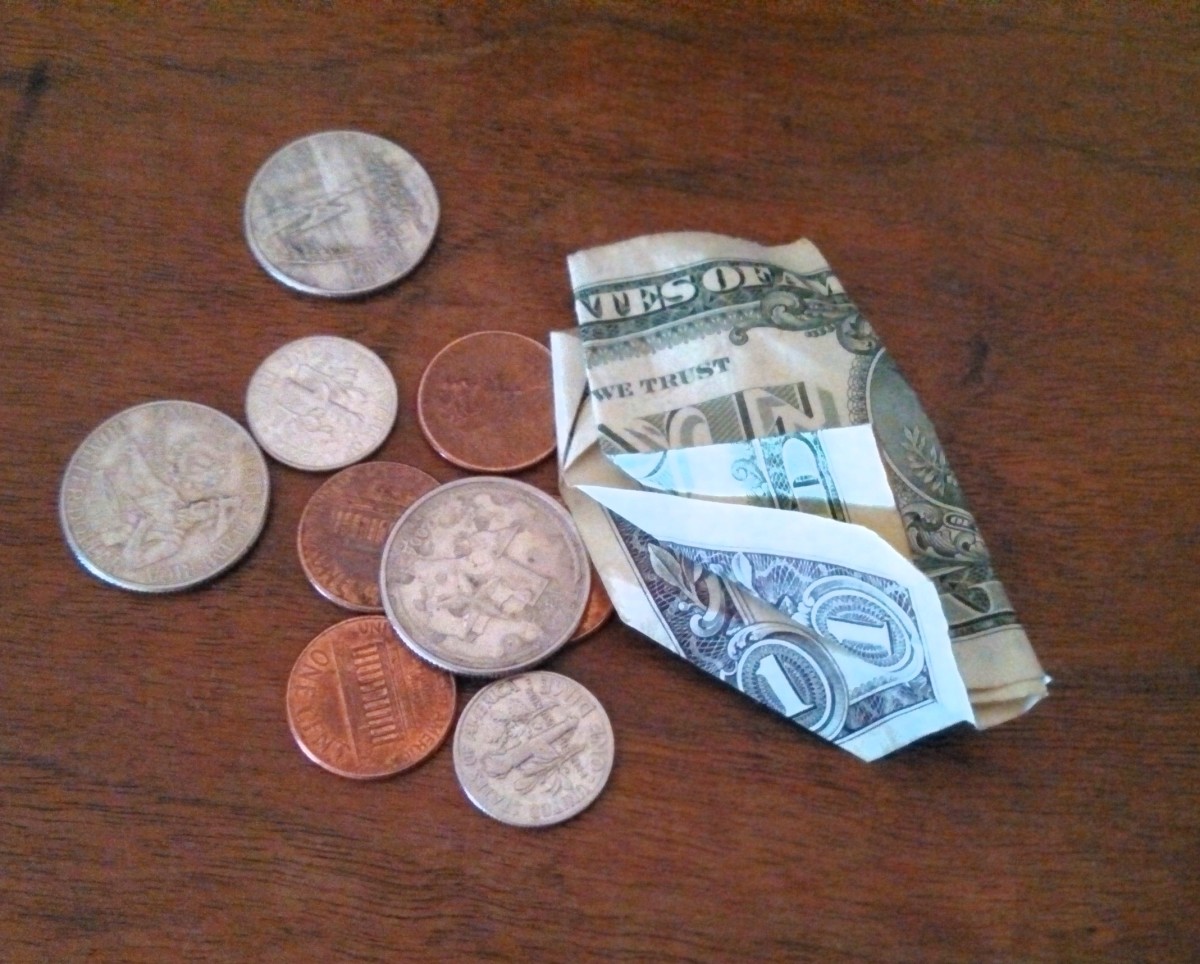
Expenses that pay off are otherwise known as investments. An expense is money that is spent without getting a monetary return from it, for example food. An investment is money that is spent that results in a profit. For this discussion, I will include the ability to save money over time as a result of spending money as "profit".
What everyday things you can spend money on that will pay off and result in a profit? Here are the top 10 ways you can spend money to make or save money;
1. College Education
College is a huge expense, but can also generate huge returns. Depending on the field of study and career choices, someone with a college degree can easily make $50,000 more per year than someone without a college degree, especially later in their career. Of course it is possible to spend money on college that will not pay much of a return, but with planning on choice of major and career path, college can be a great investment. It certainly worked out well for me.
2. Owning a House
There are lots of expenses that go along with owing a house. There are property taxes and maintenance expenses. Many people have a mortgage with interest expenses. On the investment side, property has historically done well, and as they say- if you are paying rent, you are paying 100% interest... Owning a home does not make sense for everyone, but if you are fairly confident of staying in an area for a long time and have the financial means to make house payments and pay for maintenance of a house, owning a house can be a great investment.
3. Car Maintenance
Vehicle maintenance is an expense, but if you can keep a car running for a long time and avoid buying a new one, you can save a lot of money on car payments and depreciation. I drive a 13 year old Honda Civic. The payments are great at $0 per month! Payments on a new car would be around $300 per month, depending on the vehicle and financing. So spending some money to keep an old car going can result is saving a lot of money over time.
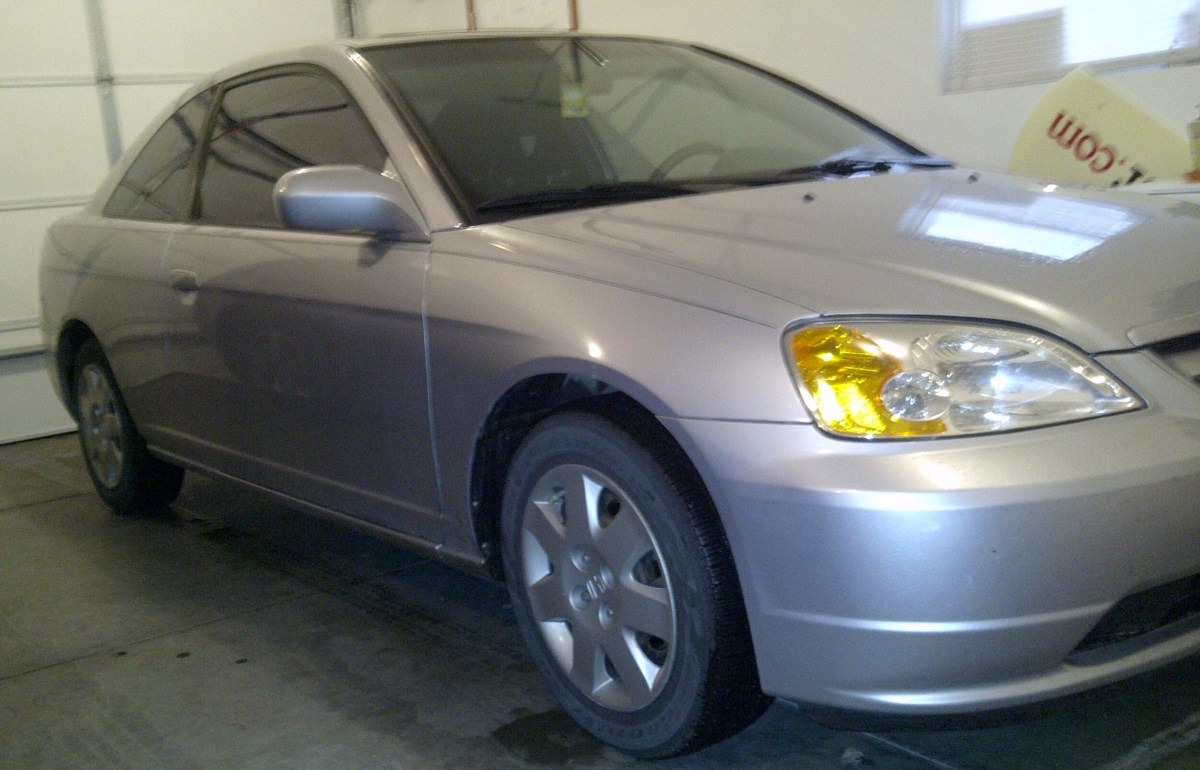
4. Energy Efficiency
Improving the energy efficiency of your home is an investment that pays off almost every day in savings on your heading and cooling bill. This article goes into detail on different types of insulation you can add to different areas of your house.
Even if you house doesn't need more insulation, you may be able to improve your energy efficiency by installing a programmable thermostat. This allows you to keep your house at the desired temperature at different times of day. For example, in winter you can let your house cool down during times no one is home, saving energy. It is easy to replace an ol thermostat with a programmable thermostat and save money.
5. Cut Cable TV (or Satellite TV)
Any time you can get rid of a monthly bill, you have an opportunity to save a lot of money over time. I cut my satellite TV and bought an indoor HD TV antenna so I could receive free high def TV. I mainly wanted to be able to watch some news and sports on live TV. I use Netflix, Hulu, and Amazon Prime to watch TV shows and movies. Of course, you can save the most by using only free TV over the air. Even with the streaming video subscriptions, I cut my bill from over $100 per month to around $25 per month. This yields a profit of $75 of savings per month, every month.
This article has details on finding a good indoor HD TV antenna.
6. Get Your Own Buzzers for Haircuts at Home
You can save a lot of money if there is a service you pay someone else to perform that you can do yourself. My last haircut at a barber shop was in 2008. At $10 per haircut, assuming 5 haircuts per year, I am saving $50 per year. Over 5 years, I have saved about $250 on haircuts, plus time and fuel since I don't have to drive to a barbershop each time I want a haircut. If you have several people in your household who are willing to get haircuts at home, you can save even more.
You can buy your own trimmer kit for haircuts at home for around $25.
7. Coffee Maker
Buying a good coffee maker is an example of spending money to save money. If you are spending $2 per day to buy coffee at a coffee shop every day, you can save about $1.50 per day by making your own coffee at home, adding up to about $45 per month. This savings will quickly pay back expenses for making coffee at home such as a coffee maker, travel mug, etc.
This article by Dr. Penny Pincher reviews the cost of making coffee at home in detail. It turns out that it costs about 60 cents to make a great cup of coffee at home vs. about $2 at a coffee shop.
Here is a nice article by Lazy Man that compares the cost of making coffee at home vs. buying coffee at a coffee shop. Lazy Man uses information on the cost of making coffee at home from The Simple Dollar, Coffee Detective, and Dr. Penny Pincher to find an average cost of 58 cents for 16 oz. This cost is compared to menu prices for coffee at Starbucks, Dunkin, and McDonalds which has an average cost of $1.75 for 16 oz.
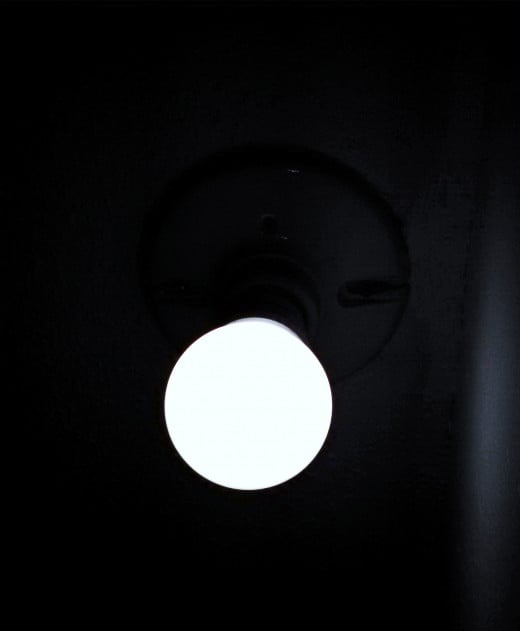
8. Energy Efficient Lighting
After moving to my new house a couple months ago, I have really gotten interested in LED light bulbs. I had a few incandescent light bulbs in closets, and the home inspector warned me that since the bulbs are hot they could create a fire hazard if clothing or paper stored in the closet came in contact with the bulb.
I considered replacing the incandescent bulbs with Compact Fluorescent (CF) bulbs, but the CF bulbs also get quite hot. I learned this the hard way when changing a CF bulb and burning my hand. I dropped the CF bulb and it broke- another disadvantage of CF bulbs is that they contain mercury and create a toxic hazard when they break.
I decided to try LED light bulbs. They are cool to the touch and last for thousands of hours. They are sort of expensive at about $5 each, but use a fraction of the energy of incandescent bulbs and last much longer, reducing the expense of replacing burned out light bulbs over time. I am gradually replacing all of my incandescent and CF light bulbs with LED light bulbs.
9. Pay Your Kids Allowance
I pay my kids an allowance- the amount they get per week is their grade in school. For example, if one of my kids is 7th grader, he would get $7 per week allowance. This sounds like an expense- I imagine most kids that get cash would soon spend it on comic books, bubble gum, etc. But my kids have been getting allowance for a long time and have learned to be good savers and spend money on things that make sense. The lessons learned from giving your kids their own money to manage will save everyone money if they learn to save an spend wisely.
10. Grow a Garden
There are some expenses associated with having a vegetable garden. It takes money to buy seeds, fertilizer, hoses, hoes and tools, and maybe even a rototiller if you have a large garden. Overall, growing a garden is an inexpensive hobby and can also result in a lower grocery bill and having fresh healthy food available several months out of the year. If you can or freeze some of your produce, you can enjoy the fruits of your garden year round.
Best Investments to Save Money
Sometimes it takes money to save money. We have reviewed the top 10 expenses that can make or save you money, ranging from big expenses/investments such as college education or owning a home down to small items such as buying your own buzzers for haircuts or replacing your light bulbs to save money.
What is your favorite investment that allows you to save even more money?
© 2014 Dr Penny Pincher


